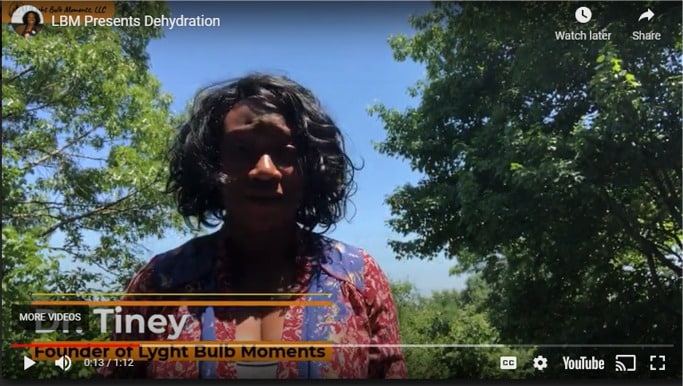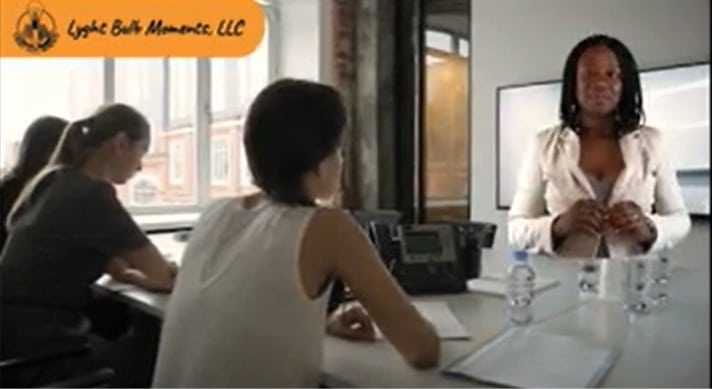by Dr. Tiney Ray
Share

For those who care for Persons Living With Dementia (PLWDs), you’ve seen how quickly things can get out of hand, as the person in your care faces an obstacle and becomes upset and frustrated. This is common, and it’s a challenge for the care partner—because often, an escalation with the PLWD leads to an escalation in frustration in the care partner.
When that happens, think slow.
Simple situations spiral out of control frequently because the care partner’s instinctive reaction is to try to move quickly to restore calmness. Ironically, this can make things worse because the last thing you need in a situation where they’re no threat of harm is urgency.
So think slow.
This is a central point of the teachings of Teepa Snow, whose “Positive Approach To Dementia Care™” is the basis for the care I teach. When a situation becomes negative, a way to bring things back to calmness is to take the time to re-frame it.
So, instead of the PLWD asking about the same thing over and over, getting more frustrated as the care partner becomes more frustrated, switch things up.
The care partner can re-frame the situation by asking the PLWD the same question. This can change the conversation, slowing it down, so the PLWD has to think about an answer.
Everyone has to think slow, so the emotion of the moment changes. And the stress level reduces, giving everything a chance to re-set.
It’s important to remember—both for professional and family care partners—that dementia takes away the ability to retain the most immediate information necessary to handle what’s happening right now. Without knowing these cues to carry on a conversation or keep to a task, a PLWD is at an extreme disadvantage.
So help out by thinking slow, and slowing the pace of life. It makes more lyght bulb moments happen.
STAY IN THE LOOP
Subscribe to our free newsletter.
Related Posts
Think about what happens when you have too much going on at one time. The TV’s blaring. Kids are asking permission to do things you’d rather they didn’t. The phone’s ringing and you’re getting a text. And you only have another 30 minutes to get dinner ready. Pretty overwhelming, isn’t it? Now think about doing
Dr. Tiney Ray of Lyght Bulb Moments discussed the value of Support Groups for the cargegivers of Persons Living With Dementia.






